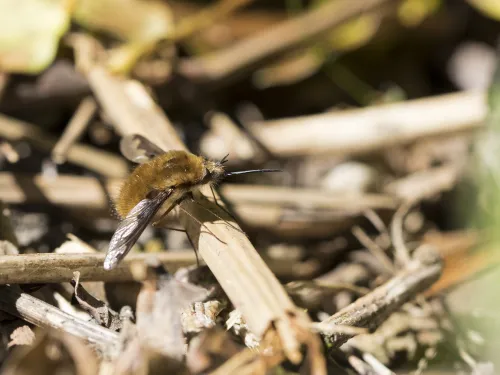
Dark-edged bee-fly
Our largest and most common bee-fly, the dark-edged bee-fly looks just like a bumblebee, and buzzes like one too! It feeds on flowers like primroses and violets in gardens, parks and woodlands.
Want to learn more about wildlife near you? You're in the right place, search below and discover the nature you can help protect in Kent.

Our largest and most common bee-fly, the dark-edged bee-fly looks just like a bumblebee, and buzzes like one too! It feeds on flowers like primroses and violets in gardens, parks and woodlands.
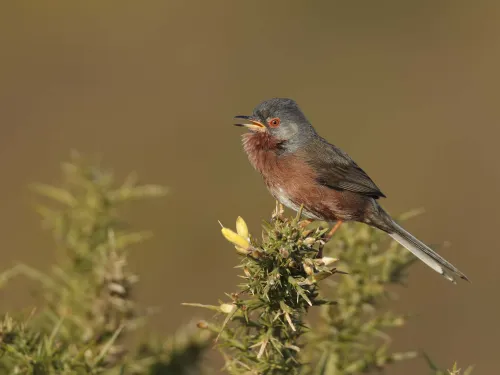
The small, brown Dartford warbler is most easily spotted when warbling its scratchy song from the top of a gorse stem. It lives on lowland heathland in the south of England, where it nests on the ground.
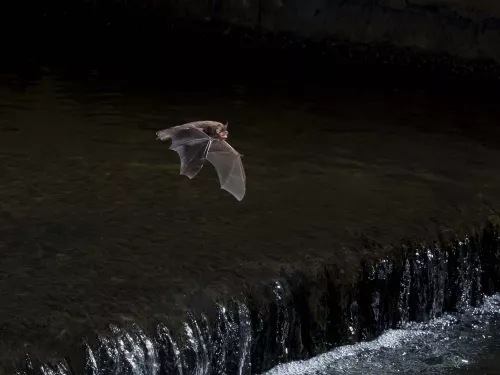
Look out for the Daubenton's bat foraging over wetlands across the UK at twilight. Its flight is fast and agile as it skims the water's surface for insect-prey.
These gruesome sounding creatures are actually a type of coral! They get their name as they branch out into lobes as they grow - making them look like fingers on a hand.
As its name suggests, Deadly nightshade is a highly poisonous plant. Its black, shiny berries may be tempting but fatal. Found on chalky and disturbed ground, such as scrub or verges, it has bell-shaped flowers.
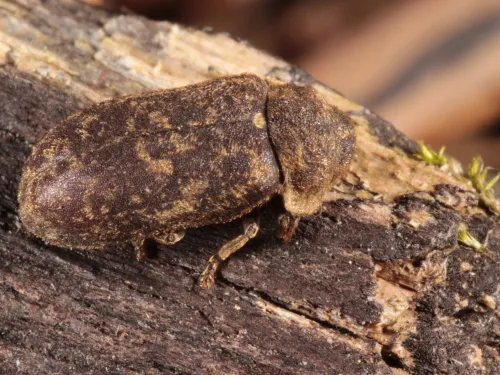
Famed for its tapping in the middle of the night, supposedly heralding tragedy, the Deathwatch beetle is a serious wood-boring pest. In houses, their tunnelling can cause major damage.
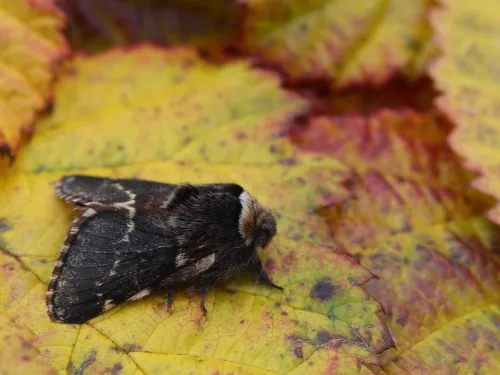
This fluffy moth is one of the few species that fly in winter.
The pretty Deptford pink is a very rare flower that is very vulnerable to the loss of our traditional grassland and farmland habitats. It can only be found in a few places in England and Wales.
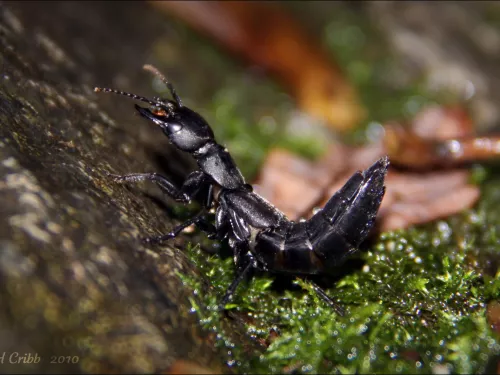
A ferocious and fast predator, the Devil's coach horse beetle hunts invertebrates after dark in gardens and on grasslands. It is well-known for curling up its abdomen like the tail of a scorpion when defending itself.
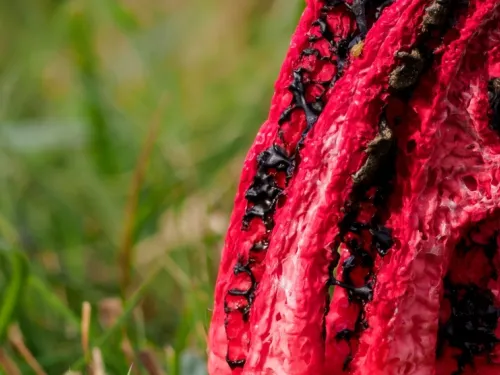
This smelly, strange looking fungus is also referred to as octopus stinkhorn or octopus fungus. Its eye-catching red tentacles splay out like a starfish.
The pincushion-like, lilac-blue flower heads of Devil's-bit scabious attract a wide variety of butterflies and bees. Look for this pretty plant in damp meadows and marshes, and on riverbanks.

The moth-like dingy skipper is a small, grey-brown butterfly of open, sunny habitats like chalk grassland, sand dunes, heathland and waste ground.